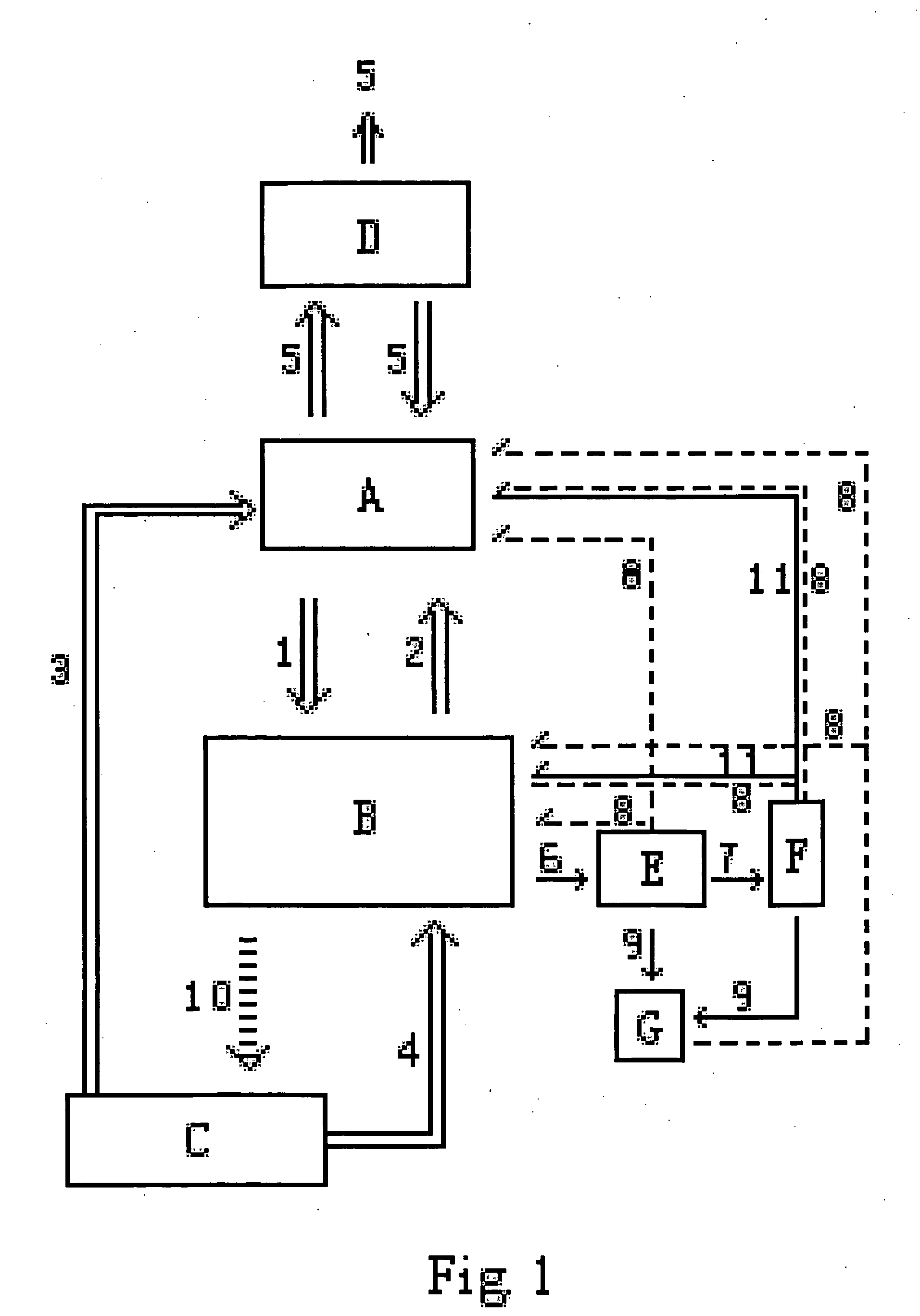Eco-engineering for systematic carbon mitigation
a carbon mitigation and ecoengineering technology, applied in the field of ecoengineering mechanism for systematic carbon mitigation, can solve the problems of difficult capture and storage of gaseous carbons, less accessible resource utilization, and high application restrictions of the known arts for carbon mitigation, so as to reduce the total amount of carbon in the atmosphere, optimize carbon mitigation, and keep structured carbons and non-carbons inside safely.
- Summary
- Abstract
- Description
- Claims
- Application Information
AI Technical Summary
Benefits of technology
Problems solved by technology
Method used
Image
Examples
example 1
Preparation of Plant-Sourced SFCs, Preparation of SFC-VIII, and Compression Treatment of Plant-Sourced SFCs
[0116]Plant biomass as the raw materials for SFCs includes plant leaves, bars, stems, shells, skins, roots, flowers, seeds, beans, grasses, pulp, wood, barks, shrub, bamboo, sugar cane, sweet sorghum, sugar beet, rice, wheat, corn, rye, barley, oat, millet, hemp, flax, ramie, peanut, oil palm, tobacco, tea, cotton, cloth, paper, cartons, paper pulp, urban organic waste, garden waste, mushroom culture, seaweeds, sponge, algae, fungi, peat moss, above plant biomass that are chemically contaminated, above plant biomass that are fermented, or mixtures of the above.
[0117]Animal biomass as the raw materials for SFCs includes one or mixture of protozoa, coelenterate, annelid, mollusc, arthropod, fishes, amphibia, reptiles, birds, mammals, above animal biomass that are chemically contaminated, also include one or mixture of the whole bodies, organs, tissues and cells.
[0118](1) Preparat...
example 2
Indoor Storage of Plant SFCs under Natural Conditions
[0135]Bagged and stack piled, 50 tons of wood SFCs, grass SFCs, tree leave SFCs and straw SFCs had been stored indoors without ventilation under natural conditions for six years. There were no broken or degradation signs, no mildew, no signs of disease, no signs of fermented heat, no release of toxic gas or smell. Some SFCs near the window and under direct sun showed no difference, neither. Workers who had worked in the environment for six years felt no discomfort.
[0136]Plant SFCs were plastic packed by hydraulic pressure, volume was reduced by 50%. They were stored indoors and in dark for 1 year, showing no abnormalities.
[0137]Plant SFCs were vacuum sealed after hydraulic pressure, volume reduced by 60%. They were stored indoors and in dark for 1 year, showing no abnormalities.
example 3
Outdoor Storage of Plant SFCs under Natural Conditions
[0138]Wood SFCs in a mesh bag had been placed on a platform outdoors without shelter for four years, under sun and rain, summer and winter. Although the mesh bag had been degraded completely, the packing volume of SFCs maintained almost the same, there was some damp moldy smell. While the untreated wood chip in the control group showed 50-60% shrink of the packing volume, became stinking rot.
PUM
 Login to View More
Login to View More Abstract
Description
Claims
Application Information
 Login to View More
Login to View More - R&D
- Intellectual Property
- Life Sciences
- Materials
- Tech Scout
- Unparalleled Data Quality
- Higher Quality Content
- 60% Fewer Hallucinations
Browse by: Latest US Patents, China's latest patents, Technical Efficacy Thesaurus, Application Domain, Technology Topic, Popular Technical Reports.
© 2025 PatSnap. All rights reserved.Legal|Privacy policy|Modern Slavery Act Transparency Statement|Sitemap|About US| Contact US: help@patsnap.com



